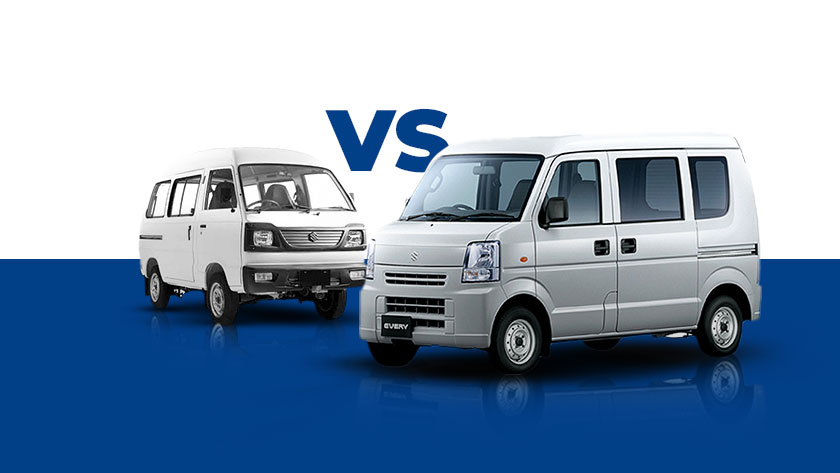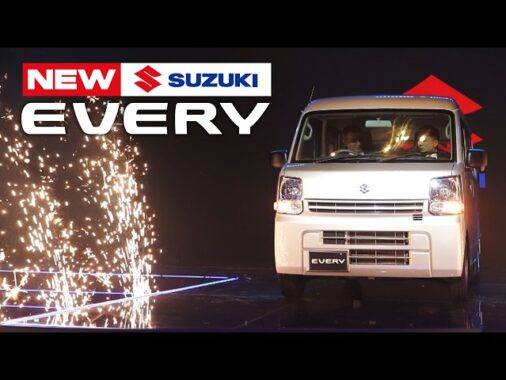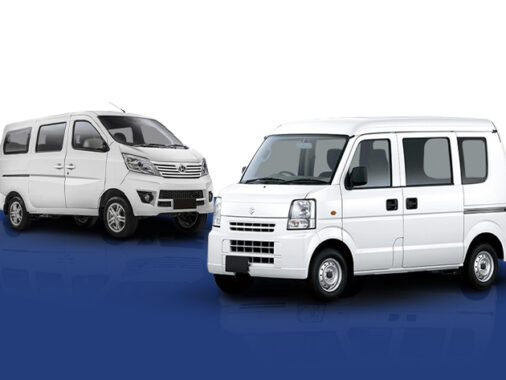So, today, finally after 2 years of wait, we’ve got locally assembled Suzuki Every in Pakistan in a replacement of the Suzuki Bolan. Of course, Every is more advanced, better and modern than the 70’s Bolan, and technology comes at a cost. The older Bolan was discontinued at a price of Rs.19 lacs and this new Every has been launched with the introductory price of Rs.27.499 lacs for base and Rs.28 lacs for top-line variant.
Here’s the comparison of Bolan and Every, so you’ll know what you’re getting in the new replacement after paying 8.5-9 lacs more:
Suzuki Bolan | National Microvan of Pakistan
For 40 years, Bolan has ruled Pakistan’s microvan market and remained the #1 choice of commercial consumers. It is an all-rounder, very rugged vehicle that can be used for almost any task, including pick-and-drop, cargo delivery, and many more.
But it was a very basic vehicle, with literally no advanced tech and nothing modern. It was just a ladder frame chassis on which there were metal panels, one engine, seats, and the dashboard—that’s it. Suzuki realized this, and after 43 years, they decided to discontinue the Bolan and bring Every in as its replacement. Every, although not so modern, is far better than the 70s Bolan; at least it has an AC.
Suzuki Every | Modern Pick-up Van
Suzuki Every, designed for both commercial and family use, specifically the upper VXR variant, is more geared towards family use. Basically, what we think is that unlike Bolan, Every is more like a family car. The inclusion of airbags, MP3 players, AC, ABS, EBD, and anti-pinch windows makes it seem more like a family car targeted to those who have a low budget but need a spacious microvan for their kids and picnics.
The VX variant could be a great option for use as a school pickup van or as a cargo van for in-city deliveries. But that’s what we think; Suzuki never portrayed this vehicle as a commercial vehicle. How?
We reviewed Every’s marketing strategy, brochure, launch event, and TV commercials and noticed that they never promoted it as a commercial vehicle. Instead, they portrayed it as an ideal family vehicle for picnics, house shifting, and families with many kids.
The Difference of Chasis
The biggest difference between the two cars is the chassis. Bolan is based on the Ladder frame, and Every is based on the Monocoque chassis; both are opposite.
A Ladder frame is a separate structure onto which the vehicle’s body is mounted and provides strong durability, especially for heavy loads . It can bear more weight; even overloading isn’t an issue for this chassis, as it uses a square-shaped rail. It’s very rigid and doesn’t offer flexibility; hence, ride quality in ladder frame chassis cars is often very harsh. That’s why Bolan keeps jumping even on the plain road.

Monocoque integrates the body and frame into one unit, making vehicles lighter and more fuel-efficient. Due to it’s design, its often more flexible and provides excellent ride quality, as it absorbs the minor bumps of the road. On the negative side, this type of chassis can’t bear heavy loads and is not good for overloading.

1-1 Comparison of Bolan and Every
Here’s the side-by-side comparison of Suzuki Bolan and Every:
| Suzuki Bolan | Suzuki Every | |
| Price | Rs.19 lacs | Rs.28 lacs (VXR, top-line) |
| Performance | ||
| Engine Size | 800cc | 660cc |
| Engine Standard | Euro 2 | N/A, Euro 2 maybe |
| Power | 37 HP | 43 HP |
| Torque | 62 Nm | 58 Nm |
| Transmission | 4-speed manual | 5-speed manual |
| Dimensions | ||
| Wheelbase | 1840 mm | 2430 mm |
| Ground Clearance | 140 mm | 150 mm |
| Interior and Exterior | ||
| AC | No | Yes |
| Headlights | Same Typical Halogens | Same Typical Halogens |
| RPM Meter | No | No |
| Fog Lamps | No | No |
| Seating Capacity on Stock | 5 | 4 |
| Speakers | 2 | 2 |
| Audio System | MP3 | MP3 |
| Windows | All manuals | Front power and back manual |
| Tyre Size | 12-inches | 12-inches |
| Max Loading Capacity | 550 Kg | 350 Kg |
| Safety | ||
| SRS Airbags | No | Yes, 2 |
| ABS | No | Yes |
| EBD | No | Yes |
| Anti-Pinch Windows | No | Yes, driver side |
| Blind Spot Mirror | No | Yes |
| Immobilizer | No | Yes |






